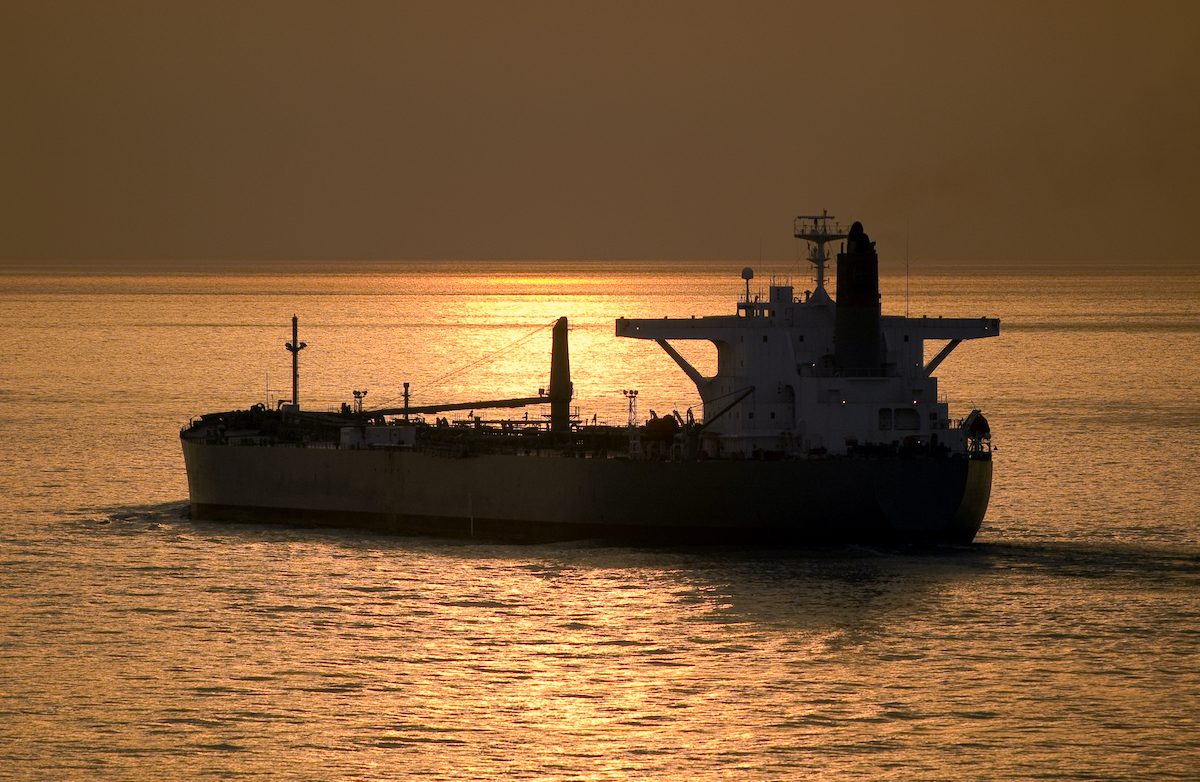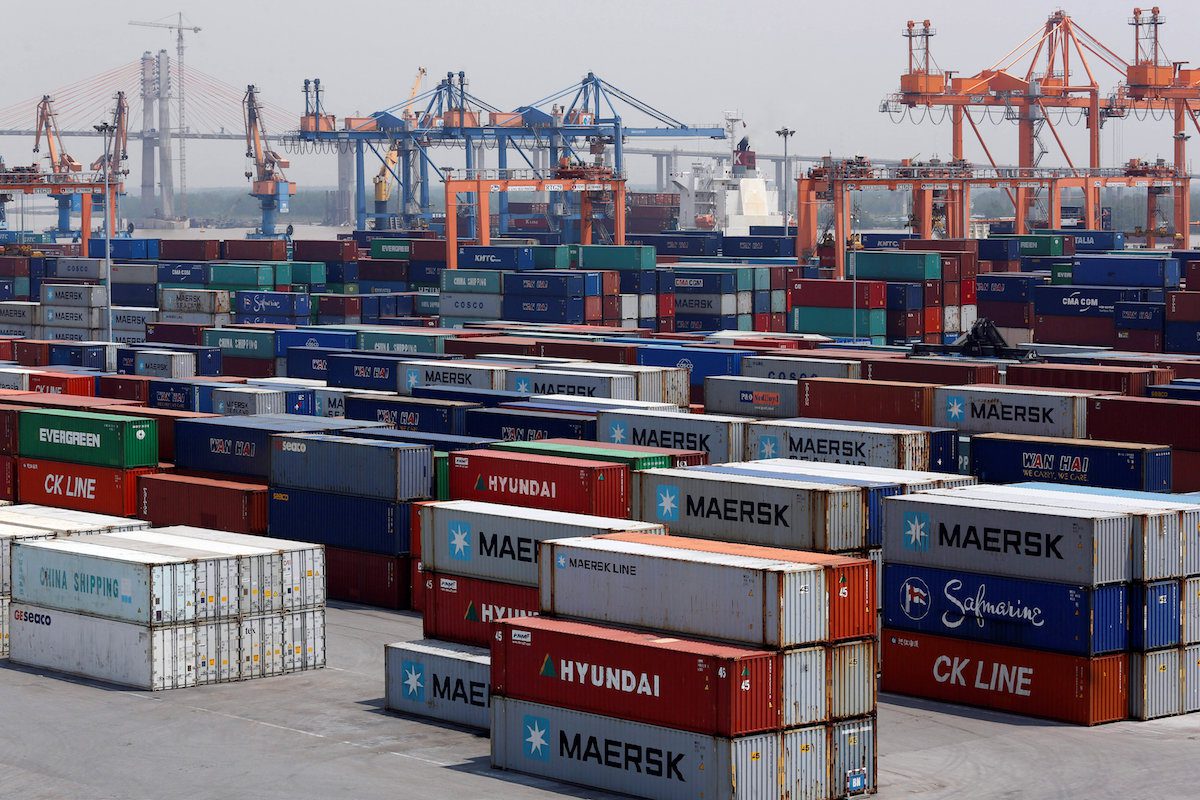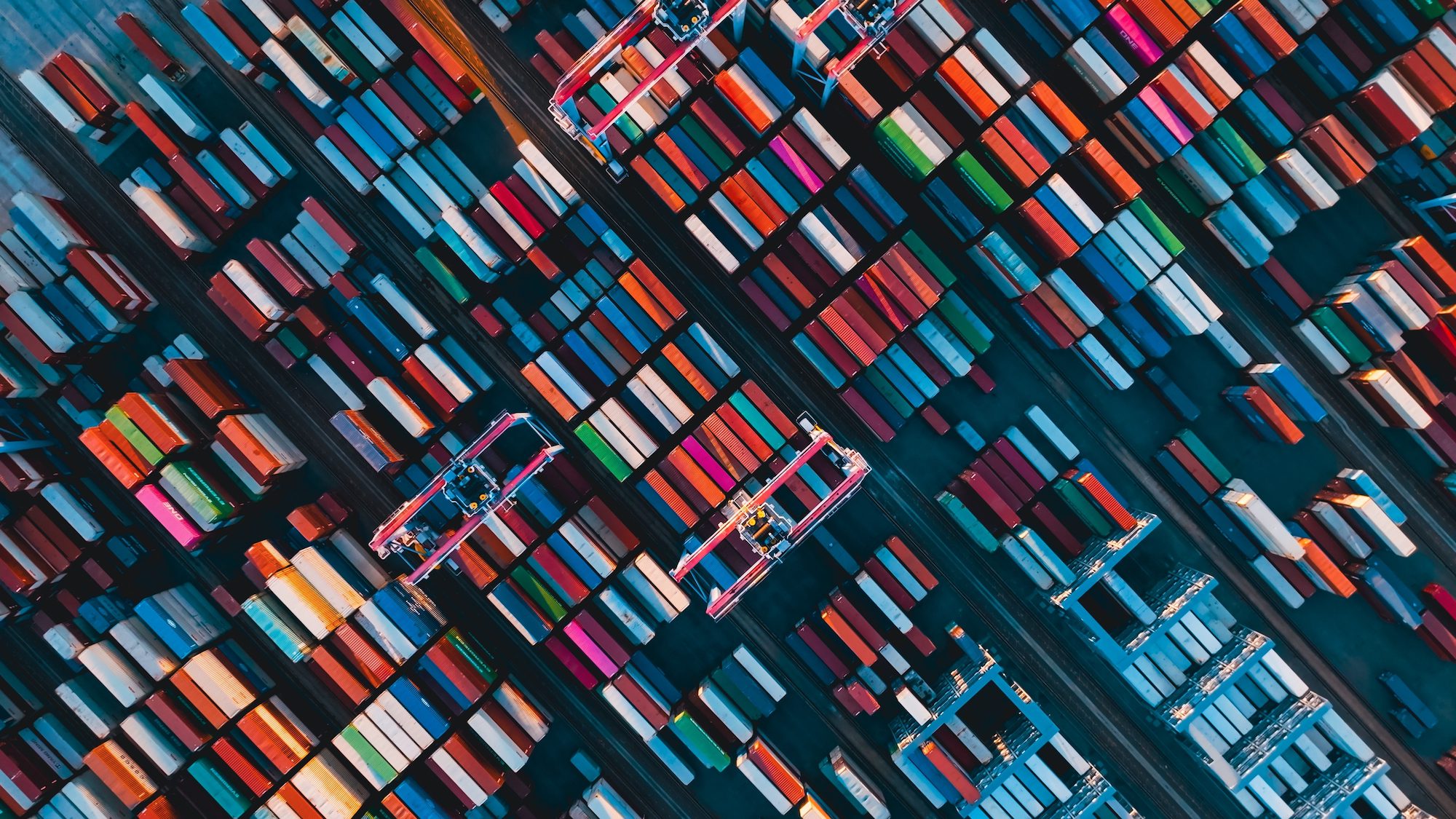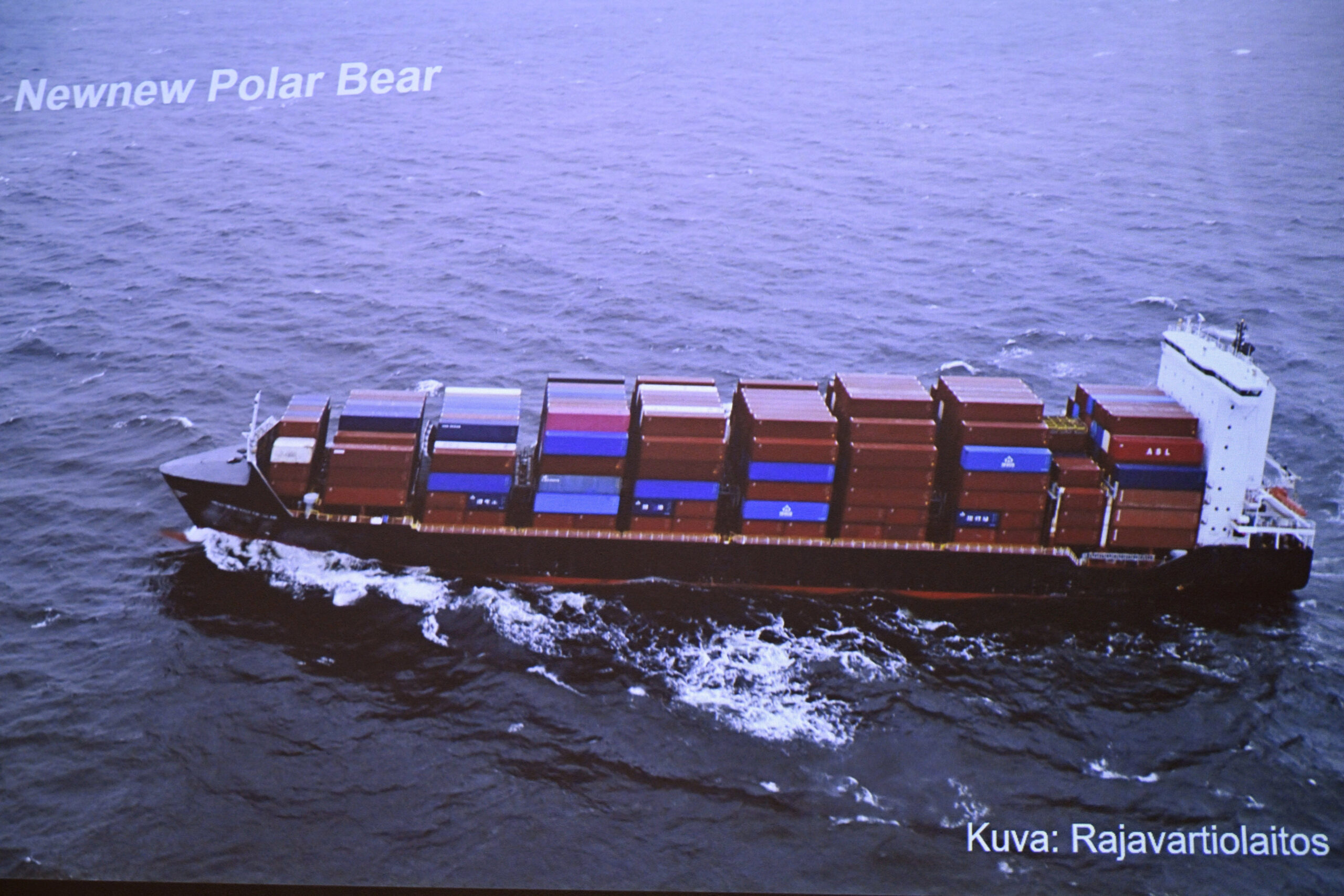By Sharon Cho (Bloomberg) —
For clues on how toxic Russian oil has become, look no further than the trade for tankers that export it.
It now costs upwards of $3.5 million to hire a tanker to deliver a million barrels to Italy from Russia’s Black Sea port of Novorossiysk — a voyage that should take no longer than a week. That’s a more-than 300% gain from before the invasion of Ukraine began.
It also assumes traders can find an owner willing to risk letting their ship enter a region where four merchant ships have been blown up in the week since the attack started, and where NATO has warned of an increasing risk of collateral damage.
Right now, there’s no legal impediment to collecting the nation’s supply, but oil and shipping markets are twisting on one huge uncertainty: Could governments sanction Russia’s energy exports in what would be the most aggressive legislative response possible to the attack? Until there’s a definitive answer, some tanker owners will be reluctant to transport the barrels, and some refineries will look elsewhere for supply.
That’s left oil traders being careful too. On Wednesday, Russian oil producer Surgutneftegas PJSC failed to award tenders — for an unprecedented third time — to sell about 6 1/2 million barrels of Urals crude. Since the war began, offers to sell the grade at record discounts on a pricing window run by S&P Global Platts have elicited no bids. It increasingly amounts to an embargo in all but name.
“Russian energy flows, in theory, are not sanctioned but everyone is hedging their bets for now,” said Anoop Singh, head of tanker research at Braemar ACM Shipbroking Pte.
Big Earnings
Rates to ship Russian crude to Europe from the Black or Baltic seas, the nation’s two main western outlets, now cost about 300 and 455 industry-standard Worldscale points, according to the Baltic Exchange in London. Both were below 100 points before the attack.
The figures equate to current daily earnings of $158,000 and $211,000 a day respectively from the two areas — multiples higher than prior to the invasion.
While wider tanker markets initially tracked rates for Russia-related trades higher after the invasion, there were signs of a thawing as of Thursday morning, according to shipbrokers in Europe.
“Despite the lack of official sanctions, Urals crude oil exports are facing many hurdles as increased tension in the Black Sea exposes shipowners to more risks, and it’s the same trend from the Baltic,” said Ruben Sanchez Agea, a shipping analyst at Medco Shipbrokers SRL in Madrid. “Other markets are losing momentum as more shipowners are once again willing to cover usual traffics not involved in war zones.”
Frozen Trade
Energy Aspects Ltd. estimated earlier this week that 70% of Russia’s oil sales were “frozen” because of the shipping and trading logjam, a figure that could drop to 20% once there’s sanctions certainty. Even the lower level would deprive the global tanker market of a swath of cargoes.
The tanker market was in a slump before the invasion because OPEC+ nations have kept oil supply off the market to boost oil prices. As such, any material loss of Russian cargoes could exacerbate the surplus of ships that caused the weakness.
Singh said there’s been rush to find ships to collect oil from locations other than Russia that’s been beneficial to rates in those other markets. In practice, that will only be bullish for medium-to-longer term for tanker markets if other producers can maintain higher levels of exports. And there’s little sign they can.
“By and large we now see a two-tier market,” said Halvor Ellefsen, a tanker broker at Fearnleys A/S in Oslo. “Russia-linked business is living its own life, separated from the general market, which is starting to see signs of cooling off.”
–With assistance from Sarah Chen.
© 2022 Bloomberg L.P.

 Join The Club
Join The Club











